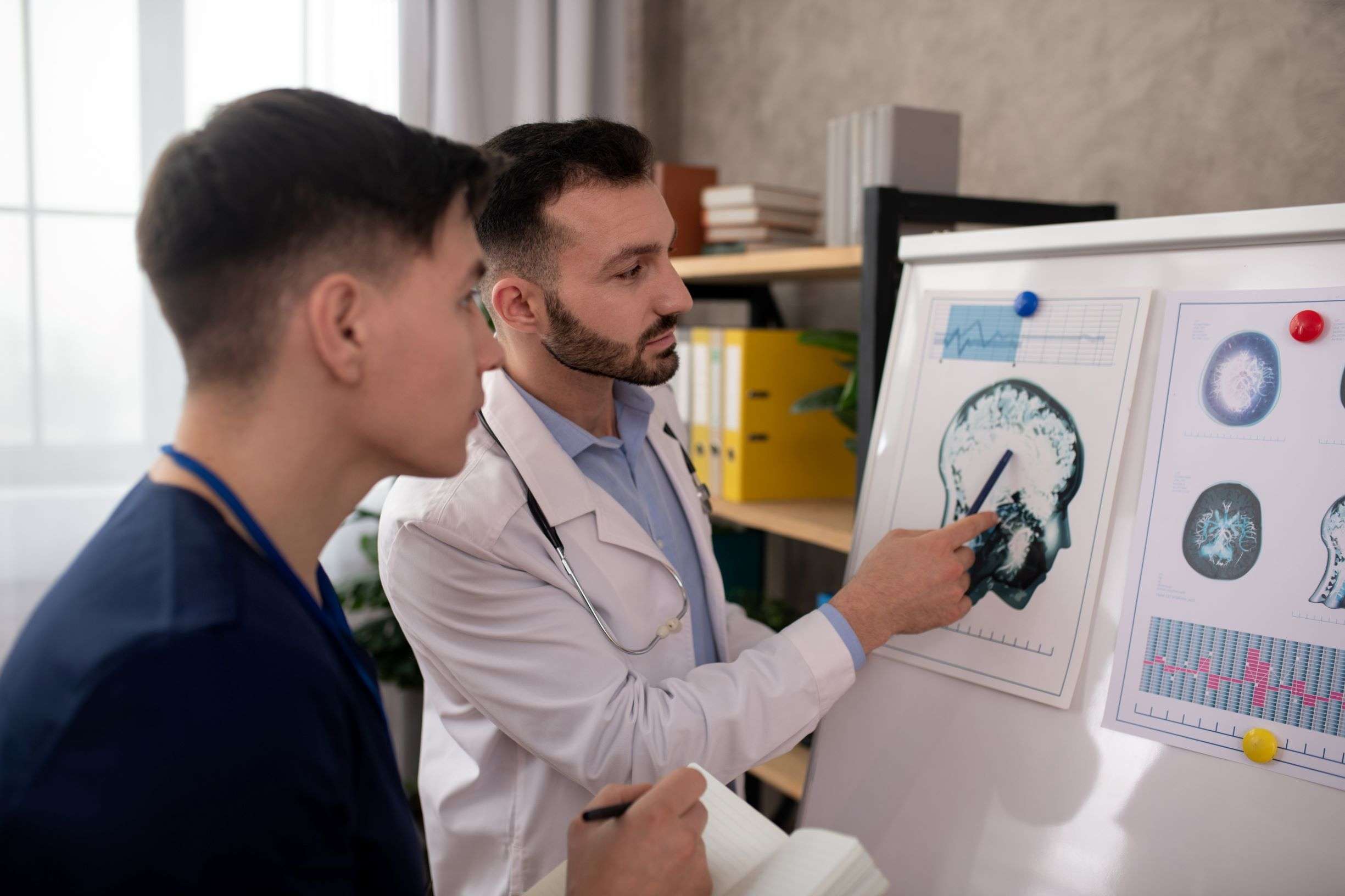About ACT
What is a Concussion?
Before we delve into the medical and physiological signs or description of a concussion, let us give you the family’s take on this:
Concussions are a Brain Injury… period.
No matter your experience with them as an athlete, or with your friends, or however you have exposed to (or not!) to concussions, they are not to be treated lightly.


The Adolescent Brain
What we discovered was insightful and logical except for not knowing the damage concussions can do if they are not managed long term, especially multiple concussions. While we were concerned about the concussions and followed all the protocols, we were not aware of the particular vulnerability of the teen brain to trauma. We also found out that one reason concussions are so potentially serious is that the brain does not fully mature until a child is well into their twenties so that any injury or damage is magnified because of its vulnerable state. We also found out that the teen brain is very resilient, and despite the challenges of childhood, most teens are healthy adults.
Symptoms of Brain Trauma
I understand that “brain trauma” as a description for a concussion may seem overdone, but to us, that is what it is, a traumatic injury caused by a significant impact. We don’t want to understate the importance of this. We overlooked this when Mac got his concussions, and we should have dug deeper but thought that it was all handled properly… which it was. But to know that this was a lot more serious than it appeared, we would have become more informed.


Prevention
Preventing concussive trauma should be at the forefront of any parent whose child is involved in sports. It is critical to understand that concussions are not headaches; it is a brain injury and extreme care should be exercised in all facets of recovery to ensure that the concussed child is returned to sports only after all precaution has been taken to support the healing process necessary to achieve a full recovery.
Treatment
Coming Soon…

